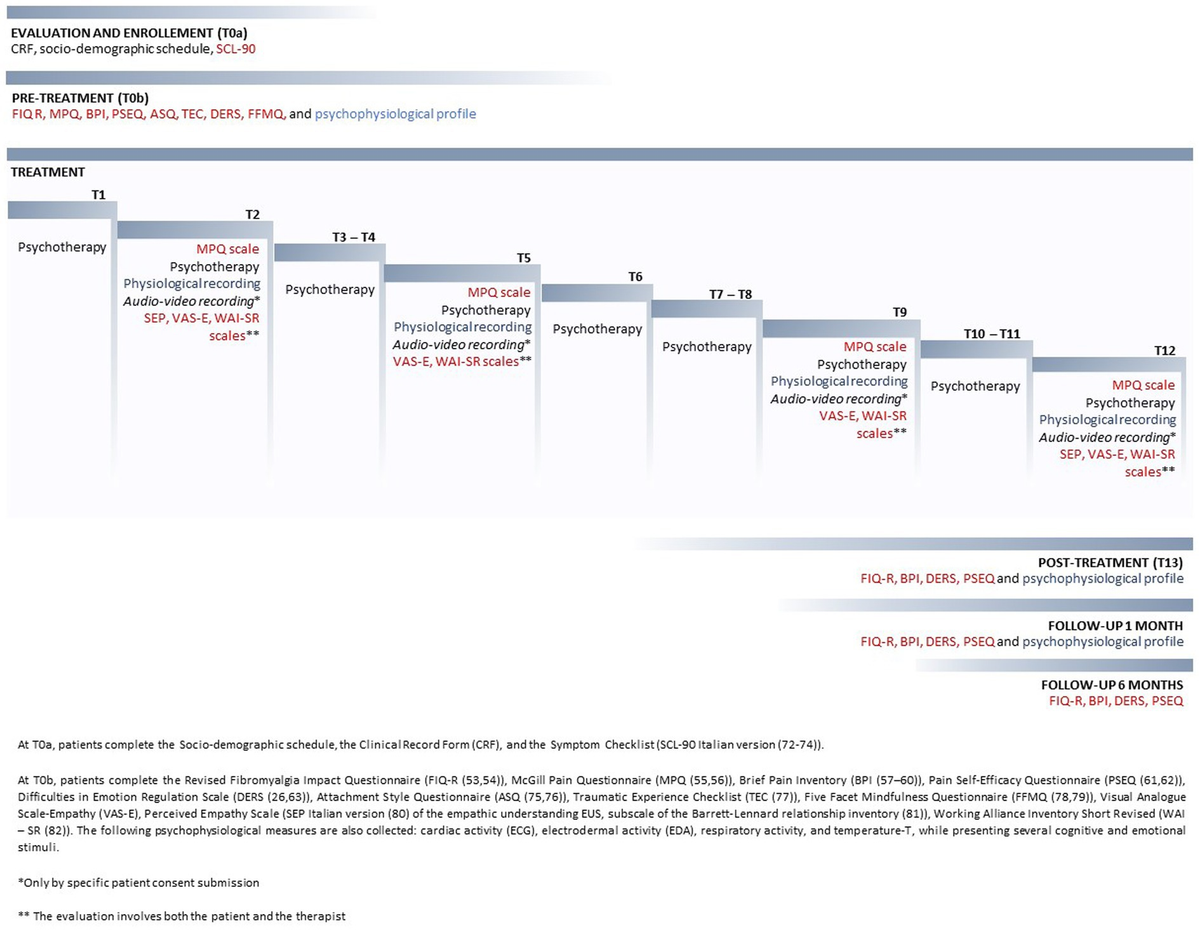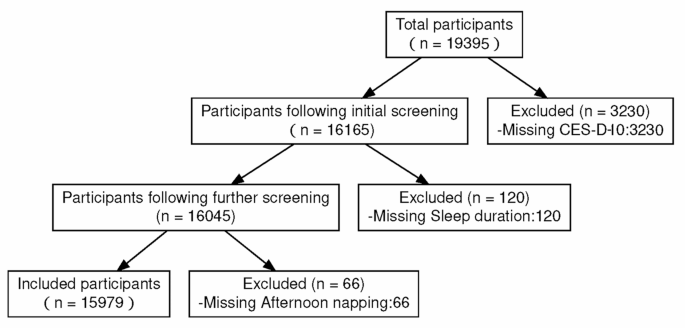Over thirty years as a physician, I have proudly and intentionally developed my subspecialty in pain management. As an interventional physiatrist, it is my chosen calling to improve the quality of life of people in pain and help them get moving again. I’ve had the privilege of overseeing many remarkable recoveries, including those by patients who had little hope when they first came to my office. Though this has been enormously satisfying, I’ve noticed a troubling trend in recent years.
Patients and health care providers often harbor misconceptions about opioids and pain management, which can lead to suboptimal treatment outcomes and potential risks for patients. This can be attributed to various factors, such as societal attitudes towards pain, misinformation about the use of opioids, and insufficient understanding of alternative pain management strategies. It is crucial to remember that clinical misinterpretations, failure to identify the source of pain, and mental health conditions, such as anxiety and depression, are widely recognized as significant factors impacting these patients, in particular.
Often, patients who visit my office arrive with a sense of fear and frustration. This frustration is born often because they believe their referring doctor has lost hope in their treatment. Additionally, they harbor anxiety about being dependent on potentially addictive medications for the long term, and they worry about being stigmatized as “drug addicts.”
However, the reality of my experience with pain management has been entirely different.
I have previously written about a theatrical success story that I personally witnessed. I met Tim (not his actual name) as a patient referral, and I was shocked at his poor health condition. His obesity was so extreme that I could not find the anatomical landmarks I needed to deliver his spinal injections safely beneath the large quantity of fatty tissue. He had been bedridden with chronic pain for years after decades spent overworking himself in the construction industry, and this, combined with his compulsive overeating, seemed a fatal recipe.
But Tim has undergone a miraculous transformation in the nearly 20 years since I started seeing him. With his pain managed, he regained interest in exercise. Now in his 70s, Jim has shed hundreds of pounds and eagerly exercises daily to maintain mobility. He is still working with a physical therapist and a personal trainer to regain his ability to ride his Harley motorcycle. Understandably, this journey required continuous education and persistence, as well as relying on alternative treatment options, such as acupuncture, massage therapy, and meditation.
This experience captures so well what pain management means to me and why I chose it as my specialty. It’s about more than just medicating patients, regardless of the pressure from some pharmaceutical companies to rely solely on this approach. It’s about mitigating patients’ pain through an ever-growing repertoire of treatments, allowing them to strengthen their bodies and recover from illness or injury. It is also about discussing the goals and treatment objectives with the patient and remaining transparent about expectations.
I have another story to share. This concerns my patient, Diana, who recently went skydiving for the second time at age 79. Diana has lived a vibrant life.
It might surprise some to hear that Diana has been a pain management patient for the past 15 years. She was recommended to our pain management practice by her chiropractor after pain from the injuries she’d sustained during her colorful and exciting life became a chronic problem.
Diana once told me, “I’ve always been what I guess once would have been called an adventurer.” Throughout her life, she pursued numerous physically demanding activities, such as skiing, sailing, rollerblading, and skydiving. Unfortunately, she also experienced several injuries, including a broken leg, being run over by a car, a knee replacement, the other knee being bolted together, as well as being involved in a severe car accident where her head struck the rearview mirror so hard that it snapped off.
“Back in those days, seatbelts didn’t protect you if you got T-boned from the side,” she told me. And that explains the problems I had with my neck.”
Today, Diana is going strong despite her age and lifestyle, contributing to more than the usual wear and tear. She credits two things with her recovery from her injury-related pain. First, her mother taught her that the way to relieve pain was by moving her body, and second, the pain management procedures she’s undergone for the last decade and a half.
I must state that, undoubtedly, a contributing factor to her health trajectory was that about five years ago, Diana underwent cervical spine fusion surgery, which significantly improved her condition. Following the procedure, we decided to stop using Tramadol and instead prioritize her physical therapy and a home exercise program.
This decision was doubly fortunate. It turned out that the cause of memory issues and eye muscle problems she had experienced for months was identified as a side effect of Tramadol. Initially, there were concerns about the possibility of Alzheimer’s Disease, and she was referred for a neurological consultation. Her independence was in jeopardy, and there was the imminent possibility of her being transferred to a skilled nursing facility.
Today, Diana receives epidural injections and radiofrequency ablation to keep her pain levels low. She jokingly gives her doctor advice based on her life experience as a mechanic. “If the nerves keep growing back,” she recently told her medical staff, “then tie knots at the end of each. That’ll keep them from growing back!”
She recently told me, “I can’t wait to return to physical therapy for a refresher course because I’ve had such good experiences with the therapists.”
It is encouraging and refreshing to see a patient like Diana whose enthusiasm is undimmed by age or past injuries. She has even invited me to go skydiving with her. “There’s nothing else like it,” she told me. “Any chance you have to appreciate a God’s eye view, do it.”
Diana’s journey exemplifies the transformative impact of a comprehensive and individualized approach to managing pain, showcasing how it can significantly enhance the quality of life for those grappling with chronic pain. As a physician specializing in pain management, her experience further reaffirms my dedication to relieving pain and reinstating optimal function for my patients.
Diana has authorized me to use her real name to discuss her case publicly by signing a release form.
Francisco M. Torres is an interventional physiatrist specializing in diagnosing and treating patients with spine-related pain syndromes. He is certified by the American Board of Physical Medicine and Rehabilitation and the American Board of Pain Medicine and can be reached at Florida Spine Institute and Wellness.















